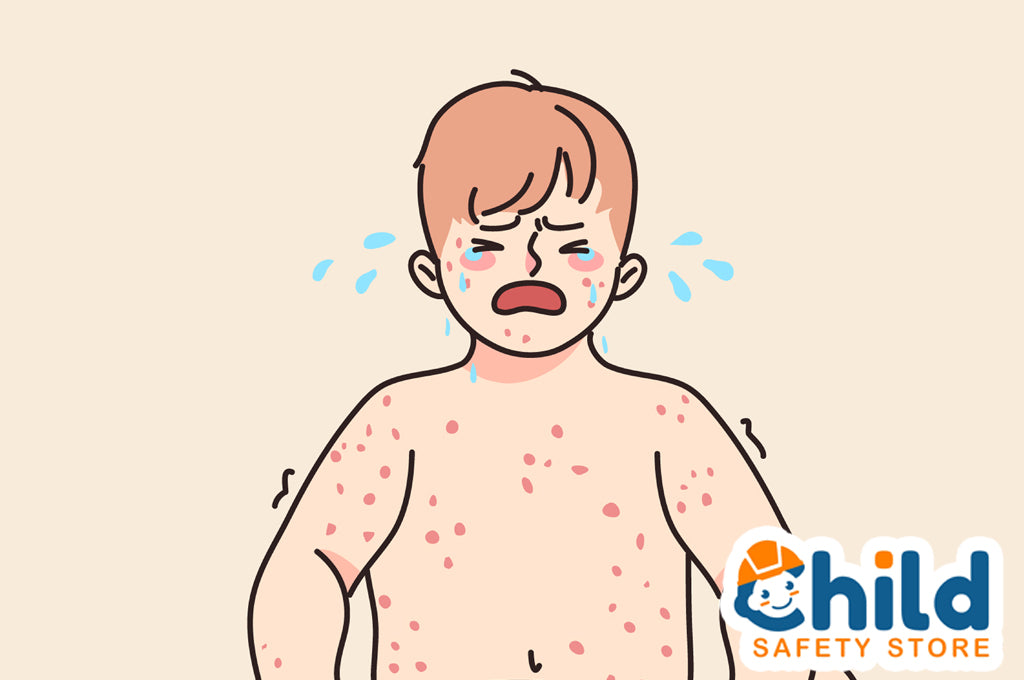
Avoiding Hot Tub Rash
Have you ever gotten a hot tub rash? It’s not a very popular topic, but it happens much more than many people realize. In today’s post, let’s take a look at what a hot tub rash is and how we can prevent it.
What is a Hot Tub Rash?
Let’s start with the positives. Any person who has ever owned or spent time in a hot tub knows how relaxing it can be. A warm soak can really rest the body and help a person feel relaxed. That is true for kids as well as adults.
Keeping that in mind, no one wants to disparage the good name of the hot tub. That said, a hot tub rash can be very painful.
According to the Centers for Disease Control and Prevention, this rash is caused by the germ known as Pseudomonas aeruginosa. This germ is commonly found in places like water or soil. Exposure to this germ from a poorly maintained hot tub can cause some uncomfortable and unsightly adverse reactions on the skin.
For example, the symptoms can include an itchy, red, and bumpy rash. Additionally, it can cause pus-filled blisters around hair follicles. Hot tub rash often appears worst in the areas of the body where a bathing suit was pressed tightly against the skin.
Treatment of Hot Tub Rash
The skin of children is quite sensitive. Everyone should be aware of the risk of infection.
Of course, most cases of hot tub rash are not serious. Like a harsh sunburn, it should clear up in a few days with proper care and treatment. As always, be sure to speak with a medical professional if a case seems even remotely serious. It would be appropriate to get medical advice if the rash is getting worse or seems to disappear and then return. This could indicate an issue that needs to be addressed, either with the person or the hot tub itself.
Preventing the Problem
The goal of any hot tub owner should be achieving properly maintained, clear water. Sometimes this can be difficult to get just right. According to the CDC, these are the proper disinfectant and pH levels for a hot tub:
- Hot Tubs/Spas: free chlorine 3–10 parts per million (ppm or mg/L) or bromine 4–8 ppm.
- Both hot tubs/spas and pools: pH 7.2–8.
In a nutshell, a proper balance of pH levels and chlorine helps to keep your water crystal clear by preventing slime, algae and other potential hazards. This contributes to the killing of bacteria and germs. When properly managed, they can also help to eliminate any organic debris that can get in the water, such as sweat or body oils.
If a person is allergic to chlorine, fortunately there are alternatives available. Saltwater pools and bromine are very popular replacements. These may require different filtration options, but can be quite beneficial.
Finally, avoiding hot tub rash should hopefully require only a properly maintained pool area. That said, it is crucial to repeat that checking with a medical professional is key to avoiding potential hazards. Good luck and enjoy the water all summer long!
